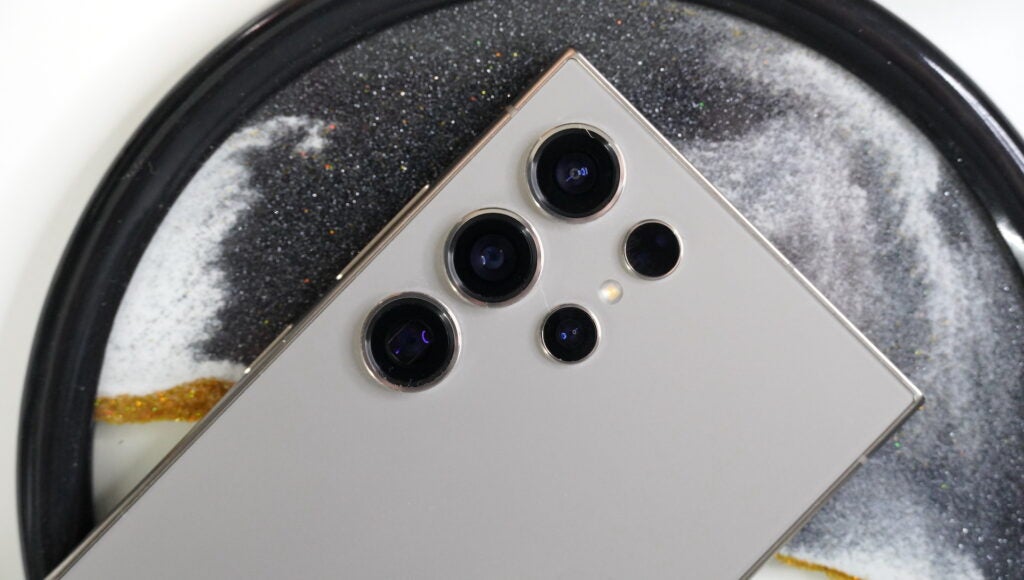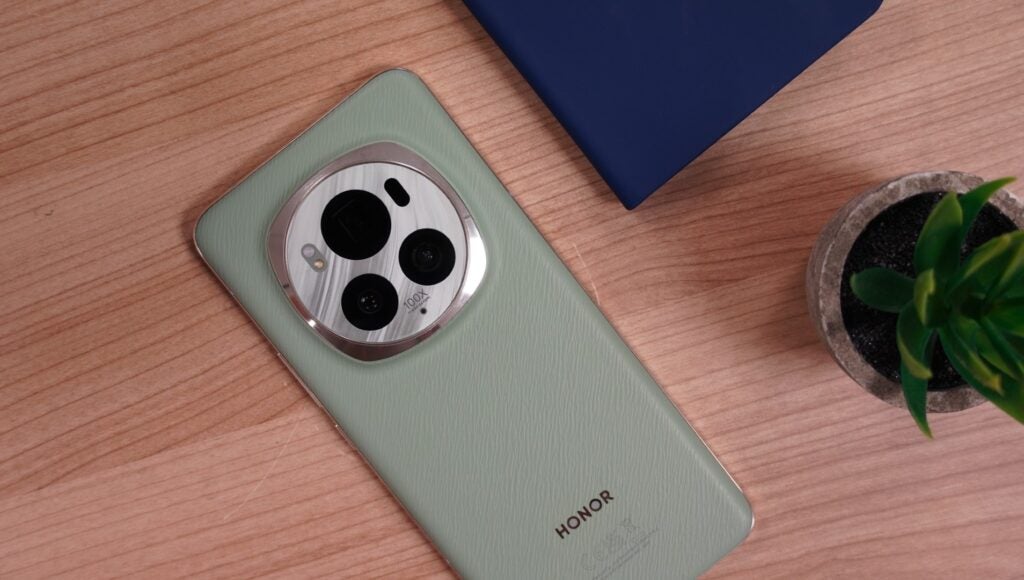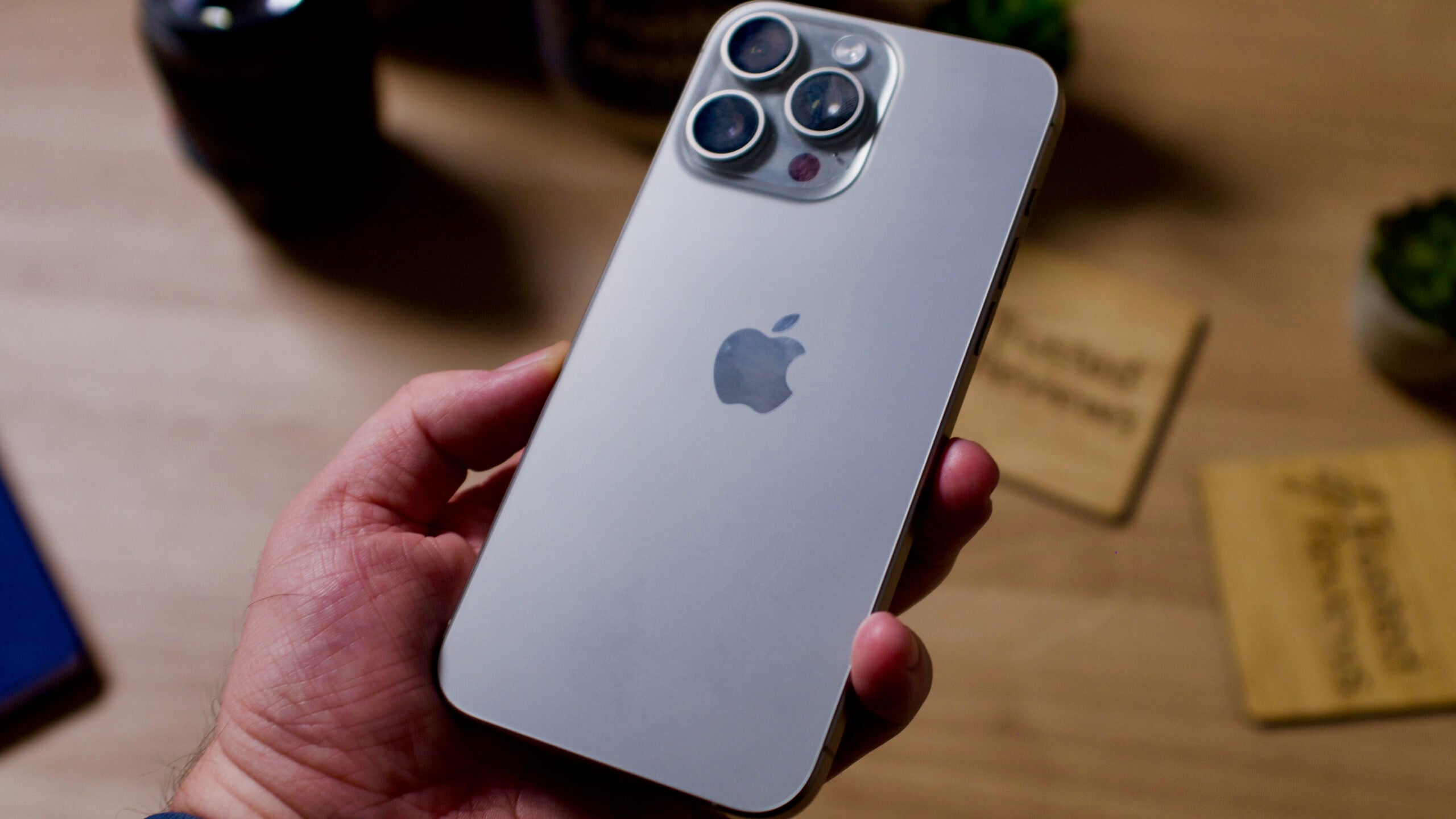Most smartphones in 2024 can capture a decent photo at the 1x mark, but the same can’t be said once you zoom in. It’s a similar story in the video department; most phones can record in 4K, but that doesn’t mean it’s the best-quality video around.
The question is, then, how do you find the perfect phone if zoom and video performance are important to you? Whether you’re a budding influencer wanting to produce the best-quality content possible or someone who simply wants a more versatile camera setup, there are important elements to consider when shopping for a new smartphone.
Finding a phone with great zoom performance
In a sea of different smartphone camera combinations, it can be hard to understand the key elements to consider if zoom performance is a priority. Some brands go all-in on megapixel count, while others maximise the digital zoom capabilities as much as possible – sometimes to the detriment of overall quality.
The first important element is whether you’re dealing with a fixed telephoto lens or a more capable periscope system. Telephoto lenses are more common in smartphones as they’re the simpler of the two; they offer a fixed zoom, usually around the 2x or 3x mark, and cannot go further without relying solely on digital zoom.


This is fine if you don’t go that far, but anything beyond the 4x or 5x mark will, generally speaking, begin to look a little soft.
Periscope lenses, on the other hand, use a prism and folded optics design that allows for better optical zoom without the thickness of a traditional zoom lens. This essentially means that periscope lenses can deliver much higher-quality images at higher zoom levels.
Any tech reviewer worth their salt will tell you there’s way more to a great camera than the megapixel count. That’s still true of zoom lenses, but the megapixel count can play a much greater role here than in other smartphone cameras.
That’s really down to one thing; pixel binning. Pixel binning tech isn’t new, having been used in most smartphones with high-resolution cameras for the past few years, but it’s only in the past year that we’ve seen the tech appear on zoom lenses – and it can make all the difference when zooming beyond optical range.
Pixel binning essentially combines multiple pixels into one pixel in the processing stage, boosting not only the overall quality of your image but also light levels. The more megapixels available, the more that can be combined, and thus, the better the end result.


We’ve seen this in recent months with the Honor Magic 6 Pro’s 180MP 5x periscope lens, which has the highest resolution sensor of the phone’s trio of lenses and allows for great zoom performance beyond the 10x mark.
Of course, the magnum opus of smartphone zoom performance is the inclusion of not one but multiple zoom lenses, offering optical-level imagery at multiple steps between the 1x and 10x mark.
This is a rarity in the smartphone market, with most manufacturers hoping one periscope lens will do a good enough job at most levels of zoom. However, there are a few, namely the past few generations of Samsung Galaxy S Ultra models.
The latest Galaxy S24 Ultra is the best example of this, with both a 3x telephoto and a 5x periscope alongside its main and ultrawide lenses for unparalleled zoom versatility.
There’s more to great-quality video capture than 4K and 8K
You might assume that to capture a great-quality video on your smartphone, you only need to select 4K (or 8K on some devices) but that’s certainly not the case. While the resolution is undoubtedly an important element to consider, as higher resolutions not only deliver more detail but also allow you to crop in without losing quality, other elements are at play.
First up, it depends a lot on the optics of the lens you’re shooting through. If you’ve got a flagship-level phone with a large sensor and wide aperture, you’ll likely get much better results than a more limited mid-ranger, so investing in a good camera phone will usually result in good video quality.


Beyond that, though, you’ve got to consider stabilisation. It’s arguably the most important element when capturing great quality smartphone video, as it eliminates the shakiness you find when capturing handheld video.
This comes in the form of EIS and OIS, Electronic Image Stabilisation and Optical Image Stabilisation. The former is essentially software-powered stabilisation that crops in on the original video to help steady things out. It can help take the edge off, but it comes at the cost of quality, and you’ll often get odd jitters that the software can’t quite correct.
The more capable of the two is OIS, as the camera lens physically moves to compensate for shake, negating the need to digitally crop and process the captured video.
Some manufacturers, like Motorola and Apple, go a step further by including dedicated Action Cam video modes to aggressively stabilise even the shakiest of videos. Those are designed primarily for fast-moving sports like off-road biking but work equally well when walking along recording a video.
It’s also important to consider alternative video recording modes, not only the Action Cam mode mentioned above but also low-light video, portrait-style video with DSLR-like digital blur, and more. Depending on how and what you want to record, these can make or break the recording experience.
Which 2024 smartphones fit the bill?
When it comes to zoom prowess, Android is the clear winner here. The Samsung Galaxy S24 Ultra is the best example of a great phone for zoom photography, with a combination of lenses allowing for optical-level quality images between the 1-10x mark and beyond. The Honor Magic 6 Pro is a close second, with a single 180MP periscope lens with a larger sensor and wider aperture than Samsung’s option.
When it comes to video performance, however, Apple’s iPhone range – and the top-end iPhone 15 Pro Max in particular – is the clear winner.
Apple has always had superior stabilisation tech compared to the Android competition, with handheld videos having almost Hollywood-level smoothness. That’s further improved by the inclusion of cinematic mode, which lets you shift the focus of videos recorded in the Photos app, and the option of recording video in Dolby Vision HDR for massively improved dynamic range.
The iPhone 15 Pro Max is also a great camera phone in general, with a high-end 5x telephoto lens that’s more capable than the 3x of the iPhone 15 Pro – it just doesn’t offer the same lofty zoom heights as the Android competition.




